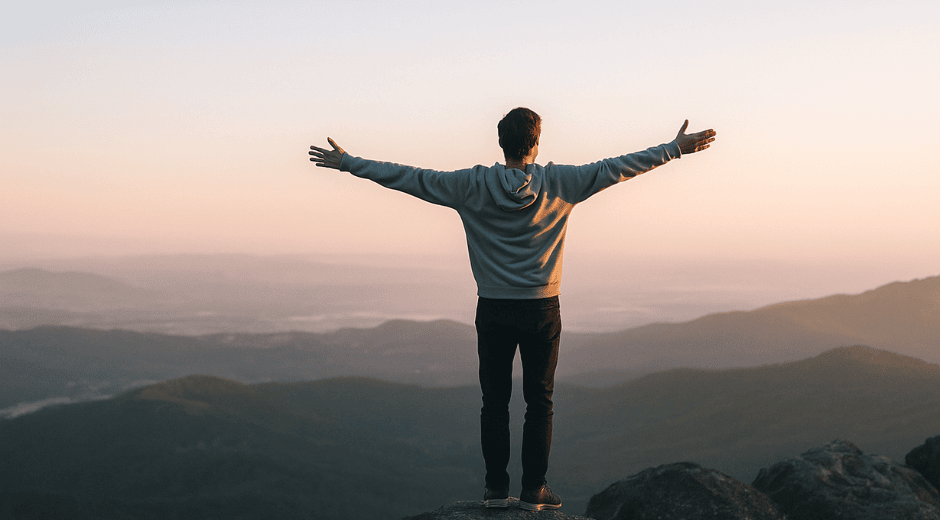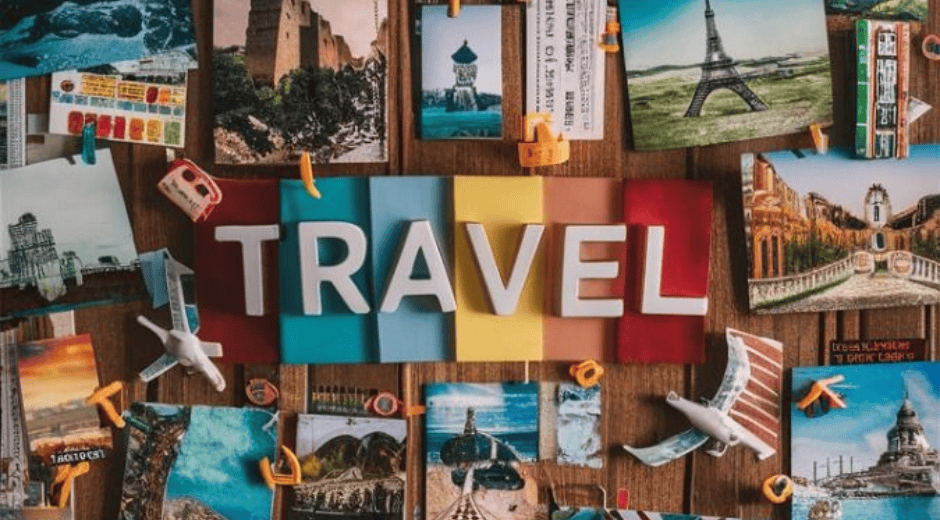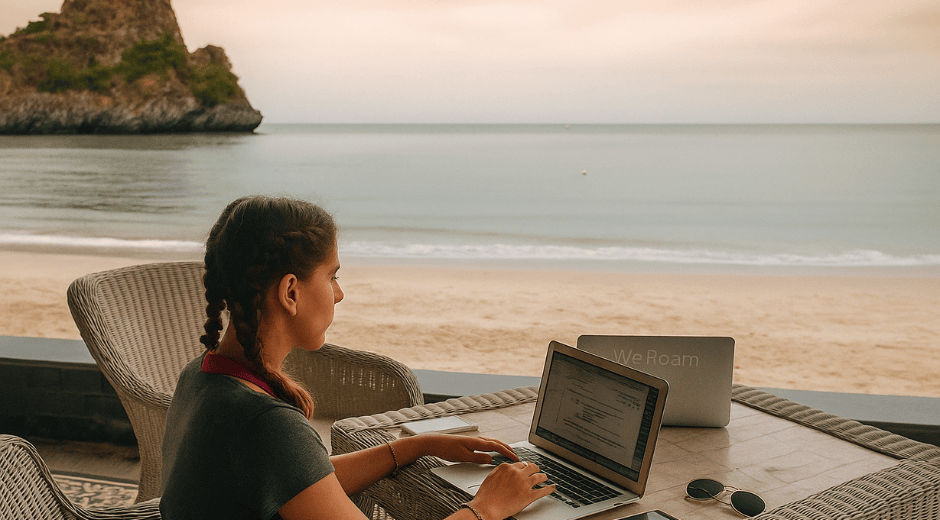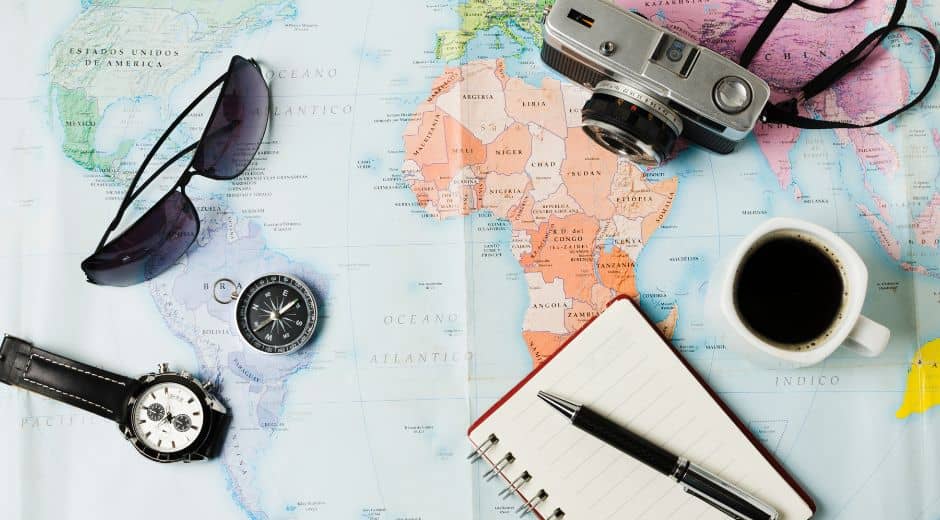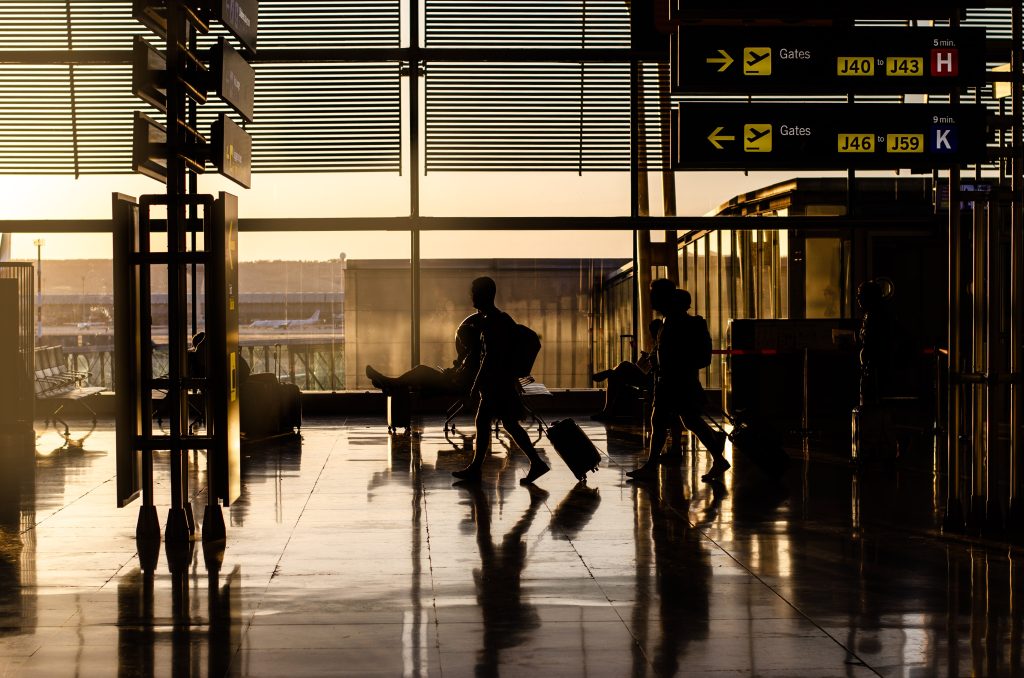Jet Lag No More: Secrets for Smooth Travel
Jet Lag No More: Secrets for Smooth Travel
Traveling across multiple time zones is one of life’s greatest adventures—but it comes with its own set of challenges. Jet lag can transform an exciting trip into a fatigue-filled experience, leaving travelers disoriented, irritable, and less able to enjoy their journey. Understanding the causes, symptoms, and strategies to combat jet lag is essential for any savvy traveler seeking a smooth and enjoyable trip.
Understanding Jet Lag
Jet lag occurs when the body’s internal clock, or circadian rhythm, is out of sync with the local time of the destination. Crossing time zones rapidly disrupts sleep-wake cycles, hormone production, and energy levels. Symptoms include daytime fatigue, insomnia, difficulty concentrating, digestive issues, and mood changes. The severity of jet lag depends on the number of time zones crossed, direction of travel, and individual sensitivity.
Experts suggest that eastbound flights often produce worse jet lag than westbound trips due to the body’s difficulty in advancing its internal clock. Fortunately, modern travel science and practical strategies can significantly reduce the impact of jet lag.
Pre-Flight Preparation
One of the most effective ways to prevent jet lag is preparation before boarding the plane.
Adjust Your Schedule: Gradually shift your sleep and wake times toward the destination time zone a few days prior to departure. For eastbound travel, try going to bed earlier; for westbound trips, stay up later.
Optimize Sleep Quality: Ensure restful sleep before your flight. Avoid alcohol and heavy meals that can disrupt natural rest.
Hydration: Staying hydrated reduces fatigue and supports your body’s ability to adapt to new time zones.
Packing Essentials: Bring eye masks, neck pillows, and noise-canceling headphones to create a comfortable sleep environment on the plane.
These small adjustments prepare your body for the upcoming time shift, making jet lag easier to manage.
In-Flight Strategies
Maximizing comfort and alignment with the destination time zone during the flight is key:
Sleep on Schedule: Attempt to sleep or stay awake according to the local time of your destination. Using sleep aids, such as natural supplements or masks, can help.
Move Regularly: Stretching, walking the aisle, and performing light exercises improves circulation and reduces stiffness, supporting energy levels.
Light Exposure: Seek natural light or use light therapy strategically. Bright light can help reset your internal clock and combat jet lag.
According to experts, adopting these strategies on long-haul flights can significantly shorten recovery time upon arrival, making your trip far more enjoyable.
Arrival and Adaptation
Once you reach your destination, the key to overcoming jet lag is alignment with the local schedule:
Immediate Exposure to Daylight: Natural light is the strongest cue for adjusting your circadian rhythm. Morning sunlight is particularly effective for eastbound travel.
Stay Active: Light exercise, such as walking or gentle stretching, stimulates the body and helps reset internal clocks.
Balanced Meals: Eating according to local meal times reinforces the new schedule and supports energy levels.
Short Naps Only: If fatigue strikes, limit naps to 20–30 minutes to avoid disrupting nighttime sleep.
These practices ensure a faster adaptation and reduce the disorienting effects of jet lag.
Advanced Tips and Technology
Travelers can also leverage modern technology and advanced techniques to minimize jet lag:
Wearable Devices: Smartwatches and apps monitor sleep patterns and provide personalized recommendations for adjusting to new time zones.
Light Therapy Devices: Portable light boxes help reset your circadian rhythm more efficiently, especially during early mornings or late evenings.
Melatonin Supplements: Short-term use of melatonin, taken at the appropriate time, can help synchronize sleep cycles.
Sources like National Geographic and Fixolix provide in-depth research and guidance on these modern approaches, offering travelers practical, science-backed strategies.
Lifestyle Adjustments
Beyond flights and light exposure, certain lifestyle choices can influence recovery from jet lag:
Hydration: Maintaining fluid intake throughout your trip supports overall health and combats fatigue.
Caffeine Management: While moderate caffeine can enhance alertness, avoid consuming it close to bedtime in the new time zone.
Mindfulness and Relaxation: Stress management, meditation, and gentle breathing exercises improve sleep quality and help the body adjust.
Consistent Routine: Align daily activities like meals, exercise, and sleep with the local time from day one to reinforce adaptation.
By integrating these habits, travelers can minimize the impact of jet lag and fully enjoy their adventures.
Jet Lag for Frequent Travelers
Business travelers, digital nomads, and globetrotters often face repeated exposure to multiple time zones. Implementing a consistent jet lag strategy is crucial for productivity and wellbeing:
Plan Recovery Days: If possible, schedule buffer days at the beginning of your trip for adaptation.
Portable Sleep Aids: Noise-canceling headphones, travel blankets, and comfortable masks improve in-flight rest.
Stay Organized: Maintaining a flexible but structured itinerary allows for energy optimization while adjusting to new schedules.
For frequent travelers, these strategies are invaluable in maintaining performance, health, and enjoyment despite extensive travel.
Conclusion
Jet lag no longer needs to overshadow the joy of travel. With thoughtful preparation, in-flight strategies, smart lifestyle adjustments, and modern technology, travelers can minimize fatigue, enhance energy, and enjoy smooth transitions across time zones.
At TripBeyondTravel, we provide expert guidance for globetrotters seeking effortless journeys, blending practical tips with immersive experiences. Backed by insights from Fixolix and National Geographic, mastering jet lag ensures that your adventures are as seamless and enriching as possible.
By embracing these strategies, you can focus on the beauty, culture, and excitement of your destination—leaving jet lag behind and traveling with energy, clarity, and confidence.
Travel Made Simple

Pathways That Change You: Routes Worth Remembering
Pathways That Change You: Routes Worth Remembering

Voyager Tales: What Solo Discovery Really Teaches You
Voyager Tales: What Solo Discovery Really Teaches You

The Pulse of Experience: Feeling the World Beyond Sight
Travel isn’t just about what we see, but what we feel. Discover how the pulse of a place reveals its rhythm, emotion, and unforgettable human energy.







